What solutions are available to control a power plug (or even if possible a light socket), i.e. turning it On and Off?
I have looked for xbee/zigbee solutions but there doesn't seem to be a solution available for European power sockets (and so few solutions even for US sockets).
A wired solution including an Arduino is OK for me. I want it to be easy to use (as for zigbee I'm ok to learn how to use it), and safe (I don't want to connect or solder things because it's 240V, I don't want any risk with the electrical installation).
